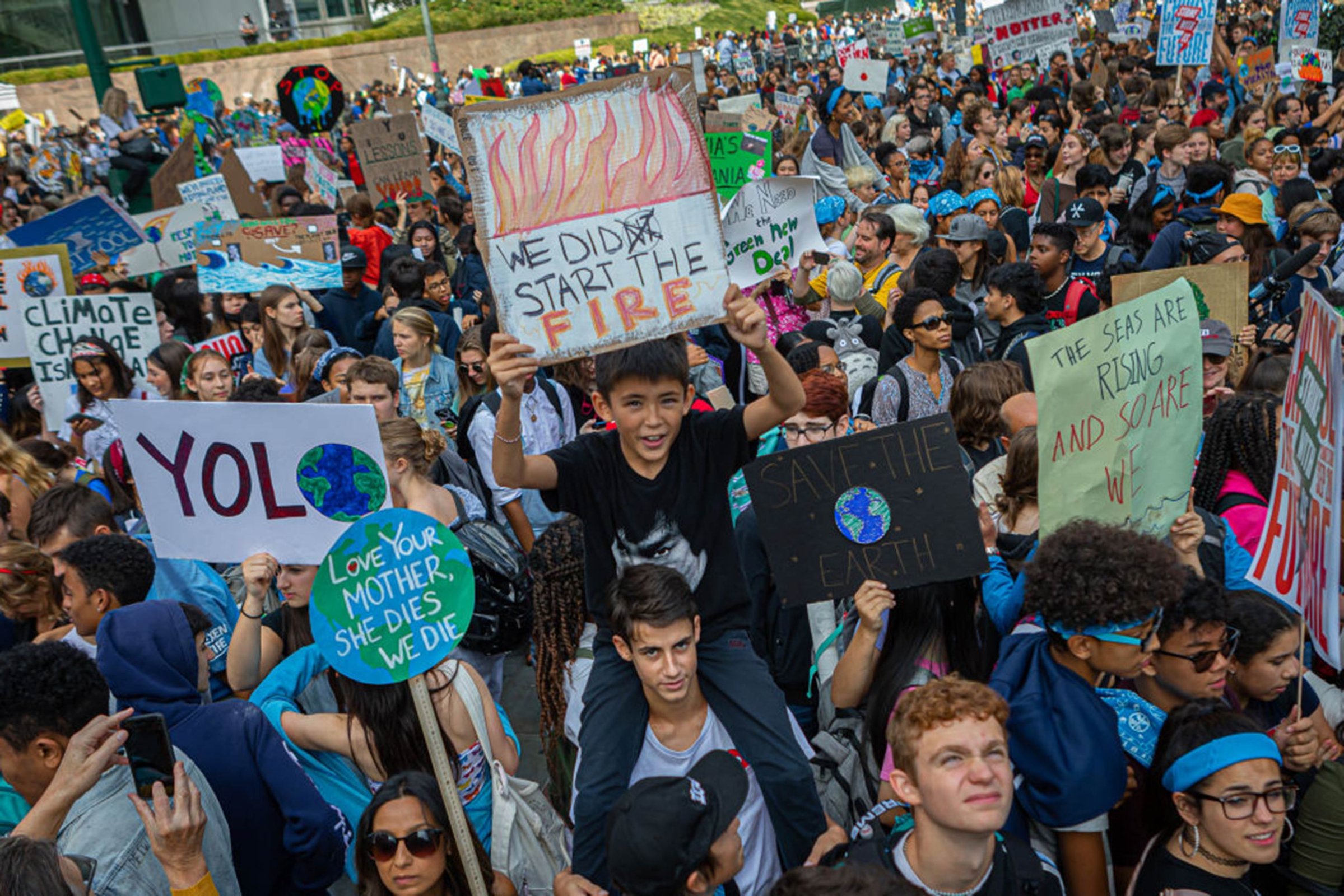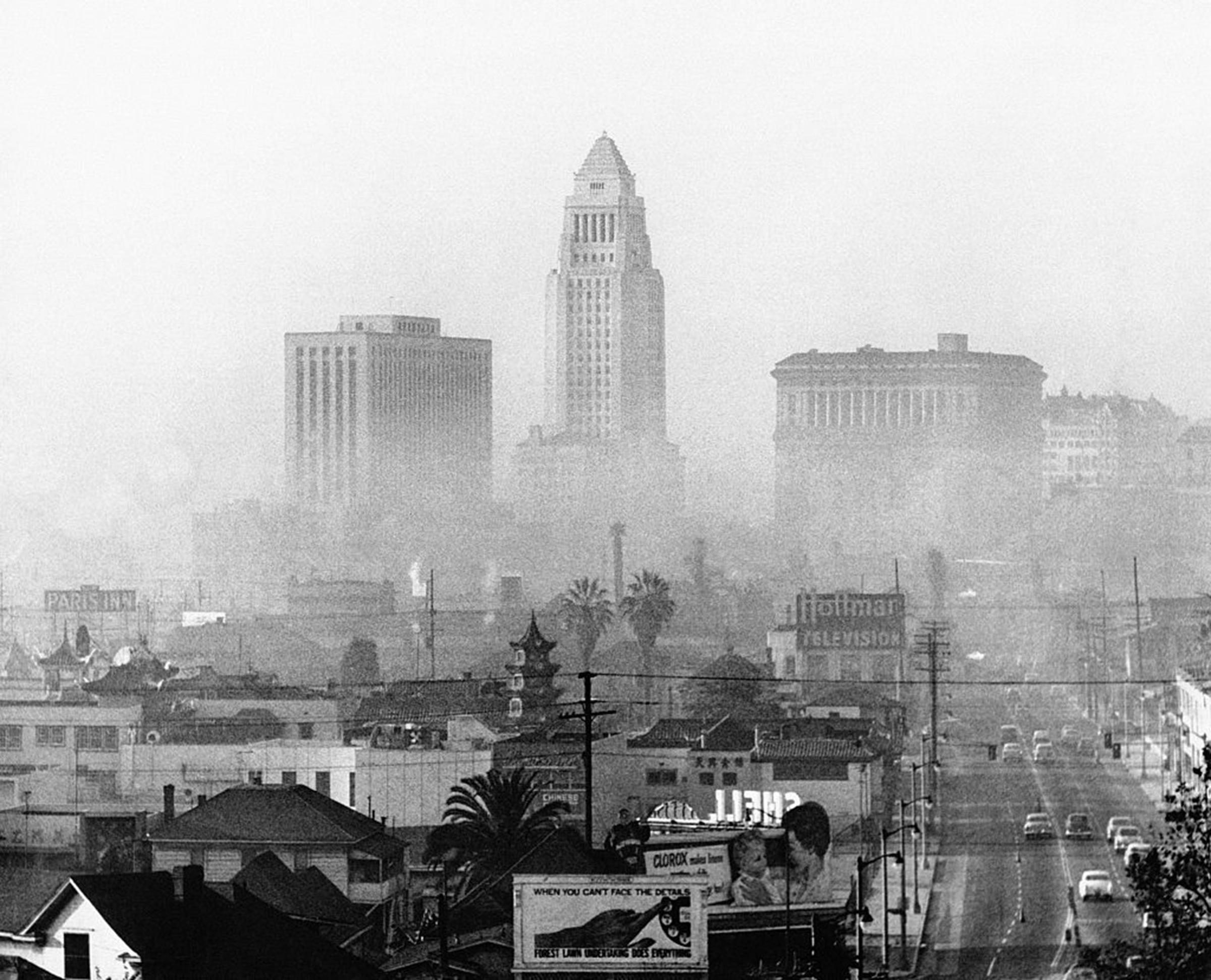
In 1986 and ’87, expeditions to Antarctica confirmed a development that left the world on edge: chemicals called chlorofluorocarbons (CFCs), found in many personal hygiene products, had caused a hole in the ozone layer that was only getting bigger.
The news was dramatic enough to spur the signing of the Montreal Protocol by the end of 1987, kicking off the phaseout of CFCs. This month, the European Union’s Copernicus Atmospheric Monitoring Service reports that the area of the Antarctic ozone hole could be the smallest recorded since the mid-1980s.
Scientist Susan Solomon led those Antarctic expeditions. In 2008, TIME named her one of the world’s 100 most influential people, for co-chairing one of the working groups that produced the landmark 2007 Intergovernmental Panel on Climate Change (IPCC) report, which stated for the first time in the group’s history that climate change is “unequivocal,” and that hotter temperatures are “very likely” caused by human activity. The organization shared the 2007 Nobel Peace Prize with Al Gore.
These days, the panel is known for its report, out last year, laying out the stakes of climate change if it is not stopped from surpassing a 1.5°C increase. That report helped motivate a year of increased activism on the subject, leading up to a day of global protest last Friday. On Monday, world leaders gather at the United Nations’ 2019 Climate Action Summit, as activists wait to see whether the warnings of scientists will translate into international action, the way it did three decades ago.
Solomon, now a Professor in the Earth, Atmospheric, and Planetary Sciences department at the Massachusetts Institute of Technology (MIT), spoke to TIME about how that moment compares to now.
TIME: How is today’s climate movement similar to or different from the movement to address the ozone hole?
SOLOMON: [The ozone hole] is often held up as a signature environmental success story, and it really is the one area where decisions were made in a pretty remarkably timely fashion, and the phase-out has been quite successful, notwithstanding the little bit of cheating that appears to be going on in China. The ozone [issue] already had a lot of momentum behind doing something about it, particularly because getting rid of the CFCs in spray cans was a very easy thing to do. Consumers turned away from spray cans in the ’70s even before they were banned in this country. There was an easy thing that a consumer could do. You just stopped using the spray can and start using the pumps and roll-ons for underarm deodorant.
We just don’t have that same kind of very easy substitution when it comes to climate change. There are things that a consumer can do, but it’s not that easy to decide you’re going to never drive a car and ride a bike instead. It’s not that easy to switch to solar. This problem requires not just people caring, but government action, changing technologies, a total overhaul of the energy system.
I don’t just don’t see a good parallel right now between what’s happening today and the ozone issue.
So what is a historical parallel to today’s climate change activism?
Where I do see a parallel to Greta Thunberg and the youth movement around climate change is the tremendous amount of public engagement about the [smog ozone] issue around 1970. America was waking up to the fact that L.A. was in really bad shape. L.A. used to look like Beijing; there were days when you couldn’t let your kids go outside to play because it was too dangerous. I think the fact that people could see the pollution was tremendously important for getting people engaged. That’s the kind of thing that becomes very personal to people. I think [the first] Earth Day was very important, too. It was also caught up in the whole activism that was building around the Vietnam War at that time and the entire sense that you had to question authority and that standard ways of doing things were not necessarily good.

The solution required some major changes. Until cars were built differently, they were going to pollute Los Angeles. Until we did different things with power plants, we were going to have really bad stuff coming out. But it turned out to be not that difficult. It had to be organized by the federal government — that’s what the Clean Air Act of 1970 did. What the Clean Air Act did was to begin to require reductions, not in the CO2 because that wasn’t the target, but in the nitrogen oxides and carbon monoxide, which were responsible for the smog in L.A. A catalytic converter needed to be put in new automobiles, but the automobile industry had been using it in factories to reduce emissions, so it wasn’t a huge leap. It’s not to say we don’t have pollution problems in L.A. but they are massively better than they were in the ’70s.
That’s maybe closer to the situation we have now. It’s going to require an increased focus on technologies that can do us some good and the government structures that will allow those things to spread.
Was there a missed opportunity, a moment when America could have led on climate change and didn’t?
I’ve heard people give the argument that back in the Carter administration, we were ready to go and we didn’t. I don’t think it’s that simple. I don’t think there is one turning point.
As someone who worked on the IPCC’s landmark report in 2007, how much do you think things have changed on the policy-making front a decade later?
The evidence has only gotten stronger! We’ve had a lot of very hot years since then, and one of the things I think is particularly striking is the increased number of heat waves. I think that’s a clear indication of how serious this issue is. People die, especially in developing countries. And we’ve continued to crank up the thermostat. The levels of carbon dioxide we have now are over 400 parts per million. It’s not getting any better. Maybe that’s a change. We are not just talking about 1.5°-2°C, we’re seeing whether we could possibly avoid 1.5 and what happens if we don’t.
The discovery of the ozone hole was sometimes called a “focusing event” — an event that focuses public attention on a particular problem. The effects of climate change are beginning to be more and more perceptible to different people, but they are not yet as obvious as the ozone hole. It might have to be that a big piece of Greenland falls into the sea and sea levels rise by a foot — that would get us thinking about climate change. But the slow nature of climate change doesn’t lend itself to that kind of shock value.
This particular summit just doesn’t seem like any kind of analogy to the ozone issue. We [in the U.S.] actually were the leaders on ozone depletion and on smog, and frankly, we’re doing so badly right now on environmental issues. We’re not going to be the leaders. We’re not going to go into this summit and say anything that will help to create an international agreement.
More Must-Reads From TIME
- The 100 Most Influential People of 2024
- Coco Gauff Is Playing for Herself Now
- Scenes From Pro-Palestinian Encampments Across U.S. Universities
- 6 Compliments That Land Every Time
- If You're Dating Right Now , You're Brave: Column
- The AI That Could Heal a Divided Internet
- Fallout Is a Brilliant Model for the Future of Video Game Adaptations
- Want Weekly Recs on What to Watch, Read, and More? Sign Up for Worth Your Time
Write to Olivia B. Waxman at olivia.waxman@time.com